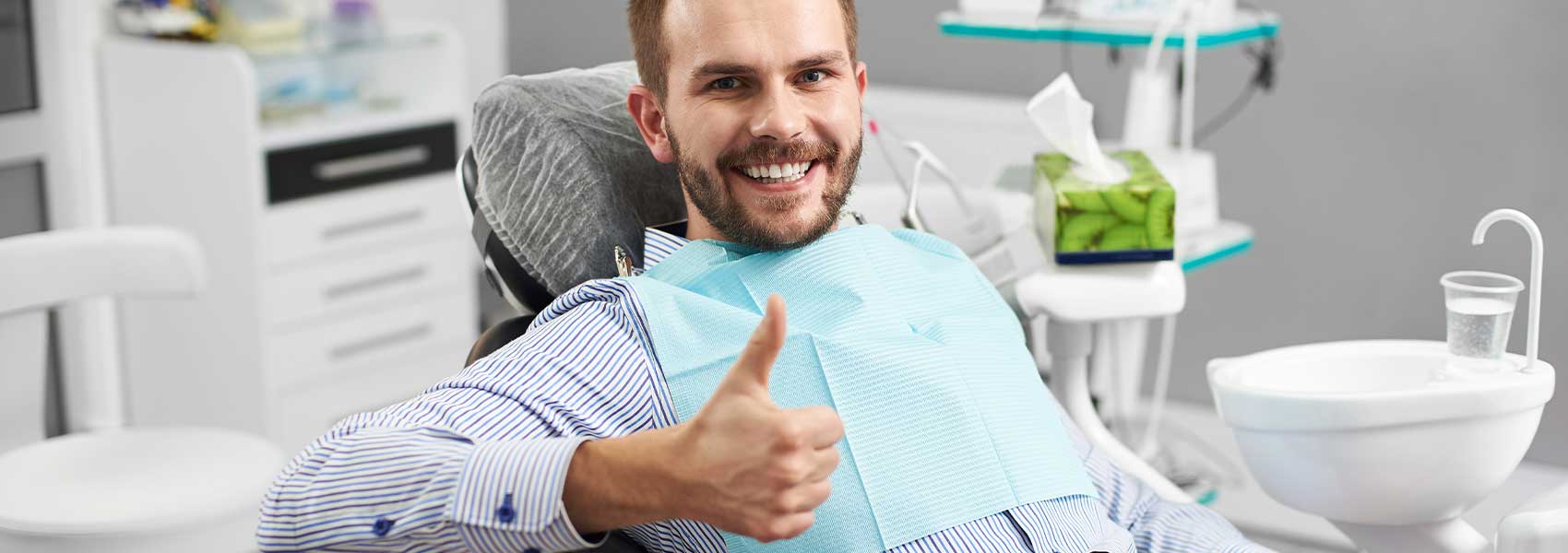Advancements in dental technology have redefined the field of cosmetic dentistry, with intraoral scanners playing a pivotal role. These cutting-edge devices simplify and enhance smile design by providing high-precision digital impressions, paving the way for faster, more accurate, and patient-friendly cosmetic procedures. From veneers to full smile makeovers, intraoral scanners are transforming how dentists plan and execute cosmetic restorations, ensuring superior outcomes.
What Are Intraoral Scanners?
An intraoral scanner is a handheld device that captures a 3D image of a patient’s oral structures, including teeth and gums. Using advanced optical and laser technologies, the scanner produces a digital replica of the oral cavity, eliminating the need for traditional, messy impression materials like alginate or polyether.
Key features include:
- High-resolution imagery for precise modeling
- Instant digital transfer for streamlined workflows
- Compatibility with smile design software and milling systems
The Benefits of Intraoral Scanners in Smile Design
Intraoral scanners have revolutionized smile design in cosmetic dentistry by improving accuracy, efficiency, and patient comfort. Here’s how they make a difference:
1. Accurate Digital Impressions
Traditional impression methods often introduce errors due to material shrinkage, patient movement, or environmental conditions. Digital impressions from intraoral scanners eliminate these issues, ensuring precise models for crowns, veneers, and aligners.
2. Enhanced Patient Comfort
Patients frequently cite discomfort with traditional impressions, which can trigger gag reflexes or anxiety. Intraoral scanners bypass these challenges by capturing data quickly and non-invasively, improving the overall experience.
3. Streamlined Workflows
Digital impressions are instantly available for review, sharing with dental labs, or integration into cosmetic restorations workflows. This reduces turnaround times and allows for faster treatment planning and implementation.
4. Real-Time Visualization for Smile Design
With intraoral scanners, dentists can visualize the patient’s smile in real-time, making it easier to:
- Identify areas needing correction
- Simulate cosmetic changes before starting treatment
- Collaborate with patients to design their ideal smile
Applications in Cosmetic Dentistry
Intraoral scanners are invaluable in a wide range of cosmetic dentistry procedures:
1. Veneers and Crowns
Digital impressions ensure precise fabrication of veneers and crowns that match the patient’s tooth anatomy and shade. This leads to:
- A natural, seamless appearance
- Proper fit and alignment
- Reduced need for adjustments
2. Invisalign and Clear Aligners
For orthodontic cosmetic solutions like Invisalign, intraoral scanners provide accurate measurements and models to fabricate aligners. These devices also aid in tracking progress throughout treatment.
3. Smile Makeovers
Comprehensive smile makeovers require a detailed understanding of the patient’s dental structure. Intraoral scanners integrate seamlessly with digital smile design software to create personalized treatment plans tailored to the patient’s aesthetic goals.
How Intraoral Scanners Improve Cosmetic Restorations
The role of intraoral scanners in cosmetic restorations extends beyond convenience—they significantly enhance the quality of outcomes:
1. Improved Aesthetic Results
The precision of digital impressions ensures that restorations, such as veneers and crowns, blend perfectly with natural teeth. This results in a flawless, symmetrical smile.
2. Reduced Chair Time
The accuracy of intraoral scanners minimizes the need for retakes, adjustments, and remakes of restorations, saving time for both patients and dentists.
3. Predictable Outcomes
By capturing exact data and integrating with CAD/CAM systems, intraoral scanners make cosmetic procedures more predictable, reducing errors and ensuring better long-term results.
Future Trends in Smile Design with Intraoral Scanners
The integration of intraoral scanners with other technologies is shaping the future of cosmetic dentistry:
- AI-Assisted Smile Design: AI algorithms can analyze digital scans and suggest optimized cosmetic solutions.
- 3D Printing Integration: Scanned data can be directly used to fabricate temporary restorations or surgical guides using 3D printing.
- Virtual Reality (VR) Simulations: Patients may soon visualize their new smile in VR environments, increasing confidence in the treatment plan.
Intraoral scanners are transforming cosmetic dentistry by offering unparalleled precision, efficiency, and patient comfort. From creating accurate digital impressions to ensuring the perfect fit of cosmetic restorations, these devices are an essential tool for modern smile design. As technology continues to advance, intraoral scanners will remain at the forefront, enabling dentists to deliver personalized, beautiful smiles with confidence and precision.

Leave a Reply